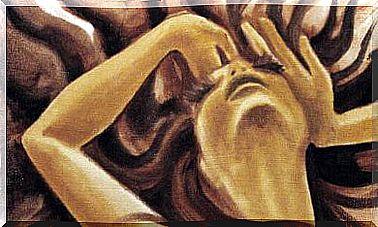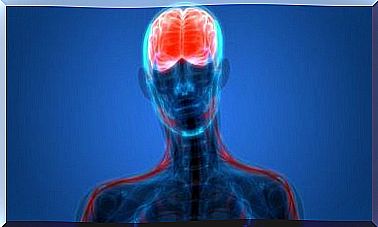Edward C. Tolman: Biography And Theories
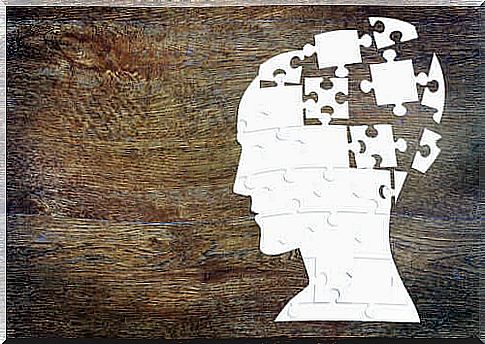
If we are talking about psychology we are talking about cognition, and if we are talking about cognition we are talking about Edward Tolman. Behavioral psychology has given us great authors.
However, during the transitional period which took place between the XIXth and XXth centuries, this branch was not completely defined. In this article, we invite you to explore and discover the biography as well as some theories of one of the leading authors who have studied cognition in the context of behavioral psychology.
The first behavioral studies were carried out on animals, mainly rodents. Tolman’s goal was to acquire methods that would allow us to understand human and animal behavior.
To do this, he tried to demonstrate that animals could learn and modify their behavior according to environmental conditions. What exactly was this research?
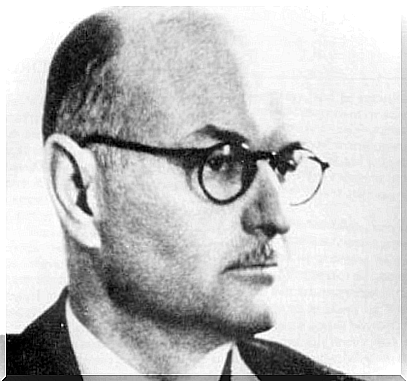
Edward C. Tolman, biography of a scientific psychologist
Edward Chace Tolman was an American psychologist, born in Massachusetts in 1886. He went through renowned institutions of the Massachusetts Institute of Technology, Harvard University and the University of California.
He has received awards for his scientific contributions by the American Psychological Association. He has also obtained several awards in the scientific field.
An author between two paths
Between 1920 and 1930, experimental psychology was at the heart of a process of radicalization. While some researchers cling to cognitive theory, directly influenced by Gestalt, others take the path of the behaviorism of Watson and Thorndike.
Tolman, far from opting for one of the two paradigms, tries to reconcile the two approaches. Today, he is considered a cognitive behavioral psychologist.
Neo-behavioralism
During a stay in Germany, he feeds on the ideas of the Gestalt. This leads him to the development of general theories through specific questions that explain the behavior of animals.
The main ideas of Tolman’s new approach, later taken up by authors such as Skinner, are based on the basic foundations of behaviorism. These are the following:
- Environmentalism: highlights the role of the environment in the development of capacities, faculties and moods, through learning.
- Mechanization: repetitive association is considered by classical conditioning as the basis of learning.
- Conditioning: The process by which a stimulus that elicits an organic response is associated with some event.
Edward Tolman’s approach
Edward Tolman’s theories differ from Watson’s more orthodox approach to the study of phenomena that are not fully observable. Like love or empathy.
The most widely recognized theory of mind maps is based on the design of mazes used by rats. Therefore, this theory applies to explain the behavior of animals as well as humans.
Mind maps
These maps, also called cognitive maps, are based on two fundamental principles. These are the following:
- Objectives: in other words, the persistence or eagerness of the animal to find and organize certain behaviors in order to obtain an objective.
- Cognition: understanding by the animal of the environment and of the relationship between the means and the ends of things.
Edward Tolman discovered that if he put a mouse in a maze, after a process of trial and error, it managed to get out of the device. In addition, the mouse also managed to swim out when the maze was full of water.
In conclusion, the mouse had not learned a succession of muscle movements. She had learned a map or a mental picture of the situation so that she could go out.
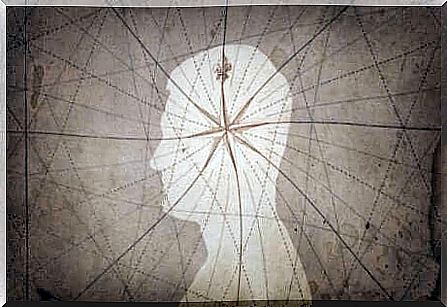
Discoveries and theories of Edward Tolman
- Propositional Behavior: Animals seem to tend toward goal achievement and this translates into a constant need to act with the environment. And more precisely with neighboring objects.
- Tendency to certain behaviors: According to Tolman, animals tend to discover and choose the easiest and most effective solutions. This behavior results from the knowledge that the animal has consequences. Likewise, these results have been fundamental in describing reward systems in human beings.
Learning, the central axis of the theories
For Tolman, learning could take place in the absence of obvious rewards, such as food or drink. The theory of latent learning was demonstrated through experiments in which various groups of rats had to walk a labyrinth with reward. But also in the absence of reward.
The groups that did not have a reward learned how to get out of the maze. When receiving a reward, they achieved it with fewer mistakes, but using the learned mind map without a reward.
Tolman’s influence is enormous and his legacy has inspired many scientists and researchers. One of the most notable examples is its influence on Daniel Kahneman’s decision theory. Likewise, the concept of cognitive map is still in force in various fields of psychology and academic research.
Edward Tolman died on November 19, 1959 at the age of 73. He is considered one of the most influential figures in behavioral psychology. His students and disciples described him as a lucid man with a deep interest in science.
Finally, beyond the awards received, the author has shown us the merits and the importance of not taking extremist positions in the field of science. Its recognition lies in its ability to integrate concepts from a holistic paradigm, such as Gestalt, at a time when behavioralism was structuralist and orthodox.






